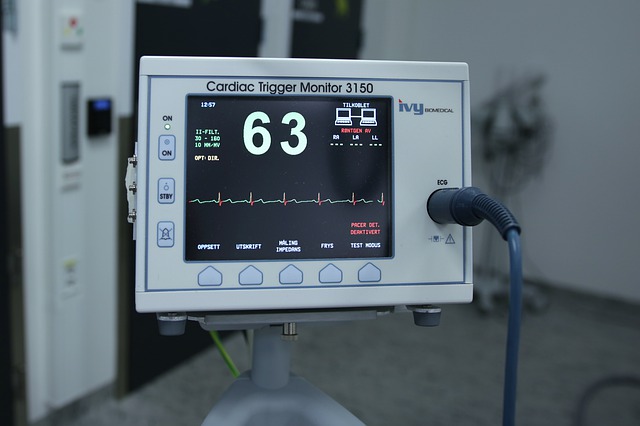‘Because it’s the right thing to do…‘ Thanks to recent events, it’s a phrase we are going to hear a lot of in the coming days.
‘I’ve done it because it’s the right thing to do.’ It’s pretty hard to argue with. All you can say is, ‘Well, I don’t think it is the right thing to do’. Then you are in the fruitless territory of, ‘so what’.
It’s a dangerous phrase in the lexicon of political leadership. It is a minacious phrase in the vocabulary of poor management.
It’s a phrase that brooks no argument. It says; ‘I’ve made up my mind, defy me if you dare...’ It drags behind it a moral and ethical argument over the shades of meaning of the word ‘right’.
It implies wisdom and knowledge. It assumes among the options and complications, this person knows what is right. They have intuitive knowledge.
‘It’s the right thing to do…‘ requires a level of unconditional follower-ship that few leaders deserve and a handful earn in a lifetime.
Increasingly, policy makers deploy, ‘the right thing to do’.
It’s a fragile phrase and when tested with its consequences, might be very brittle.
For instance… austerity, to bring the nation’s finances back into balance… we are told is ‘the right thing to do’.
In consequence, between 1948 and 2010 average annual funding uplift for the NHS was about 4%. Between 2010 and 2020 it’s under 2%.
‘It’s the right thing to do?’ Really?
It’s easy to become disillusioned with ‘leaders’ and their decisions. They seldom do the right thing because they don’t know, any more than we do, what is the right thing.
I can’t think of a single problem facing the NHS that has been solved by a Leader but I do see problems solved by leadership.
Leadership that comes from people doing the job and who do understand the nuance of the moment.
Leaders, with regulation, targets and bungs have been unable to solve the problem of de-conditioning; the misery we inflict on the frail elderly by keeping them in bed, in hospital and in a system that if it was designed to do damage does exactly that.
It’s been the everyday, collective leadership that came together and gave the NHS the idea of ending the paralysis associated with wearing pyjamas. ‘End PJ-Paralysis’ they said. And they have.
Three people, Brian Dolan, Anne-Marie Riley and Pete Gordon created local programmes, a national programme and an international programme. Their App is here, free.
Collective leadership based on observation, an intimate knowledge of the problem with solutions presented in simple terms that captures our imagination and we can get-on and do… has done more to improve the lot of the frail elderly in hospital than any Leader-policy in 70 years of the NHS.
The difference between doing the right thing and doing things right.
‘The right thing to do‘ is a phrase that, for some of us that has a resonance of youth. Carly Simon’s ‘No Secrets Album’.
If care of the elderly in hospital needed an anthem, surely there is none better than side-one, track-one. The Right Thing to Do.
There’s nothin’ you can do to turn me away
Nothin’ anyone can say
You’re with me now and as long as you stay
Lovin’ you’s the right thing to do…
There’s a big difference between big Leaders and their big statement, ‘I have decided it’s the right thing to do‘ with its demand for unquestioning follower-ship…
… and collective leadership that says we have decided this is the way to do it right, follow our example if you want to and make it better if you can.
The difference is important to people aspiring to be leaders, dare I say, it is important the people of the world and certainly important the patients on the wards.
—————————-
Contact Roy – please use this e-address
roy.lilley@nhsmanagers.net
Know something I don’t – email me in confidence.
Leaving the NHS, changing jobs – you don’t have to say goodbye to us! You can update your Email Address from the link you’ll find right at the bottom of the page, and we’ll keep mailing.
———-
Disclaimer
Reproduced at thetrainingnet.com by kind permission of Roy Lilley.








